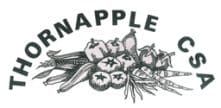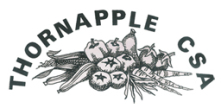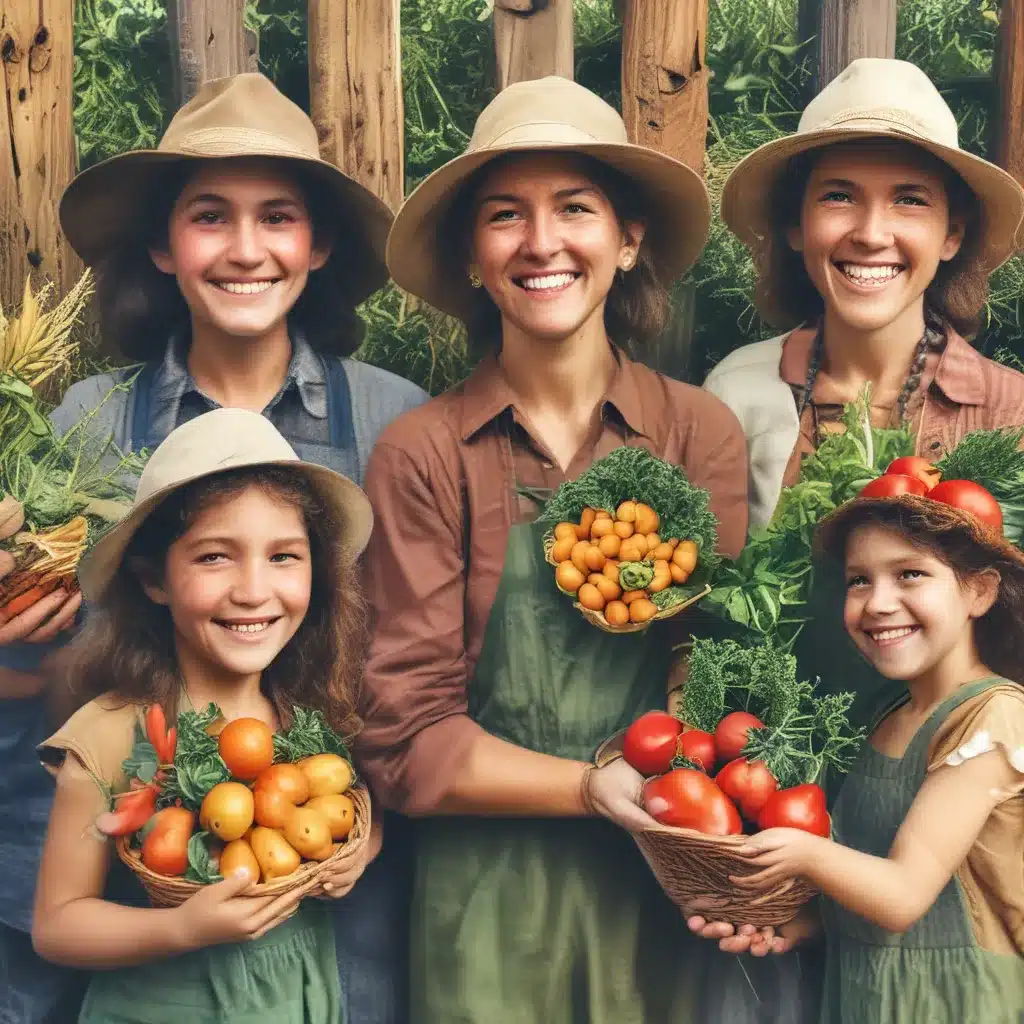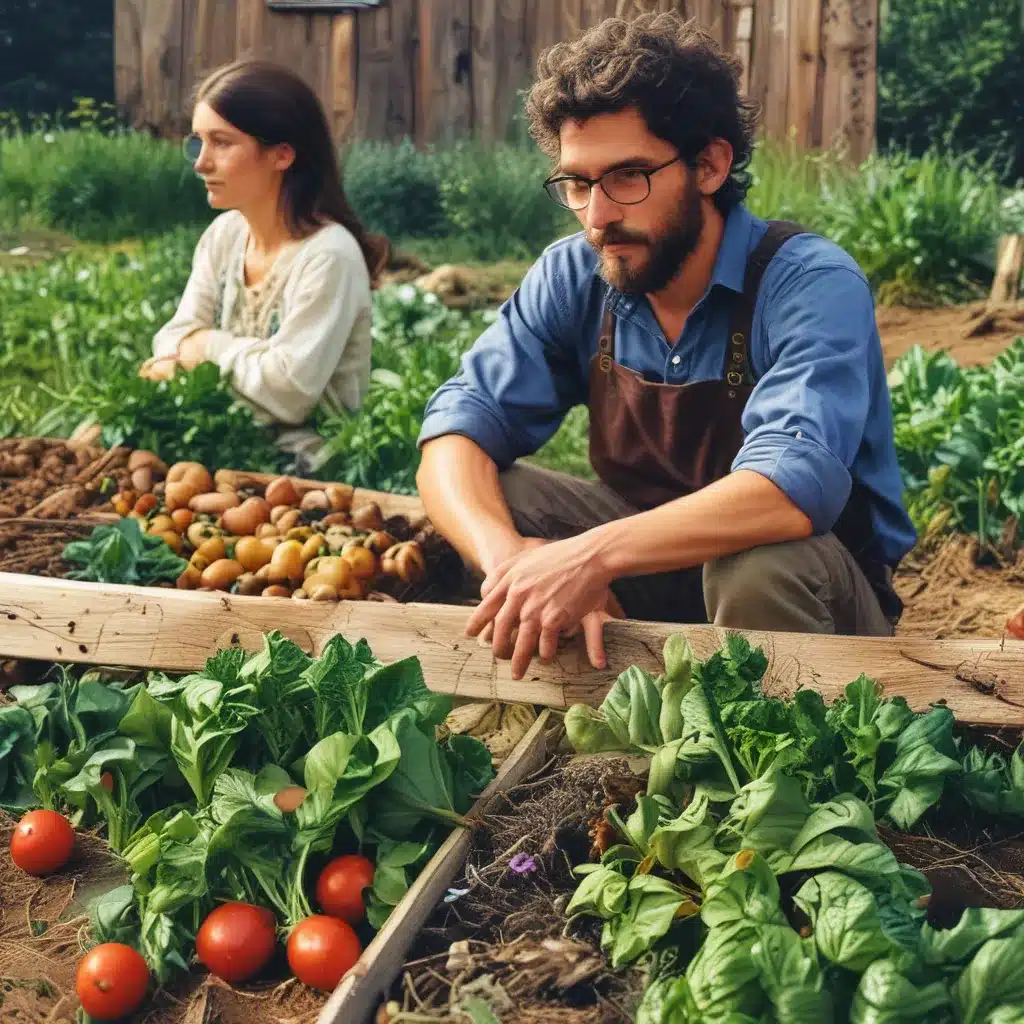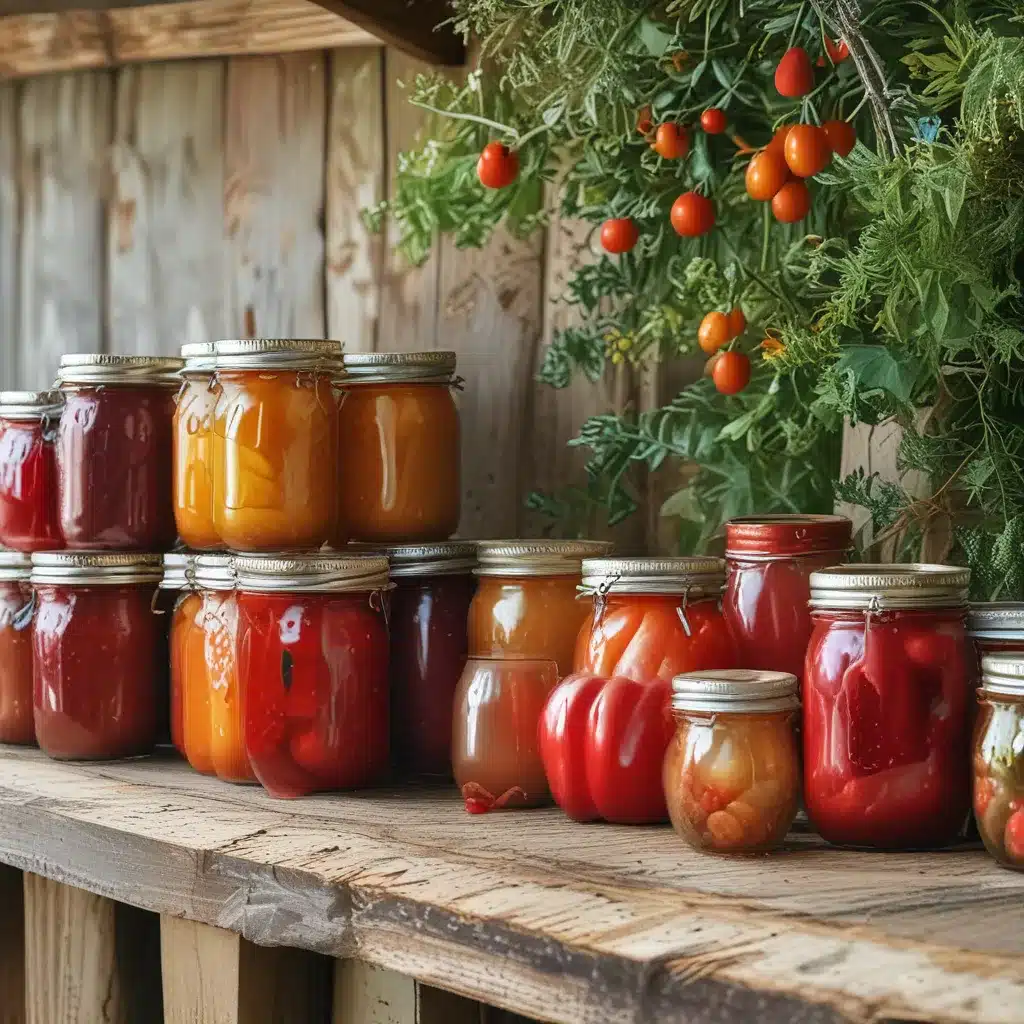
Have you ever found yourself drowning in a sea of seasonal produce, unsure of how to keep that vibrant harvest from wilting away? Well, my fellow food enthusiasts, I’m here to share the secrets of mastering the art of food preservation. Buckle up, because we’re about to embark on a delicious journey that will have you savoring the flavors of local, sustainably-grown goodness all year long.
The Power of Community Supported Agriculture (CSA)
As a proud member of the Thornapple CSA, I’ve witnessed firsthand the transformative power of Community Supported Agriculture. This model, where consumers buy a share of a farm’s harvest in advance, not only ensures a steady supply of fresh, seasonal produce, but also fosters a deep connection between the grower and the community.
One of the true gems that sets CSAs apart? The food preservation workshops. These hands-on sessions teach members like myself the art of canning, fermenting, drying, and freezing, empowering us to maximize the bounty of each season. By harnessing these valuable skills, we can extend the shelf life of our beloved crops, reducing food waste and enhancing our self-sufficiency.
Preserving the Goodness: Mastering the Techniques
Now, let’s dive into the nitty-gritty of food preservation, shall we? Whether you’re a seasoned preserver or a complete novice, the key to success lies in understanding the science behind each method and following best practices to the letter.
Canning: The Seal of Approval
Canning is the MVP of food preservation techniques. By sealing and sterilizing foods in airtight jars, we can safeguard against pesky microbes and ensure our favorite fruits, veggies, and even meats stay fresh for months on end. But don’t let the process intimidate you – with a little guidance, even a canning newbie like me can become a pro.
During one of our CSA’s canning workshops, I learned the importance of temperature control and proper sealing techniques. Pressure canning, for instance, is essential for low-acid foods like green beans and corn, as it allows us to reach the necessary 240°F to destroy harmful pathogens. Water bath canning, on the other hand, is perfect for high-acid treasures like tomatoes and pickles. The key? Ensuring an airtight seal and following tested recipes to the letter.
Freezing: The Pause Button
Freezing is another versatile preservation method that I’ve come to rely on. By halting enzymatic activity and slowing microbial growth, this technique allows me to enjoy the peak-freshness flavors of my CSA haul well into the off-season. And the best part? It’s incredibly easy to master.
One tip I picked up from our CSA’s freezing demo? Always start by blanching veggies before freezing. This simple step helps preserve their vibrant colors and crisp textures, making them taste just as delightful as the day they were harvested. As for berries and other delicate produce, a quick flash-freeze on a baking sheet before bagging can work wonders.
Drying: Nature’s Dehydrator
Drying is another preservation method that’s captured my attention. By removing moisture, this technique inhibits the growth of bacteria, yeasts, and molds, transforming fresh fruits, veggies, and herbs into shelf-stable snacks and pantry staples.
During one of our CSA’s drying workshops, I learned the importance of proper equipment and air circulation. A dedicated food dehydrator, for instance, allows for consistent, controlled drying, while oven-drying or air-drying can work well for small batches. The key? Monitoring moisture levels and ensuring complete dryness to maximize shelf life.
Fermentation: The Microbial Magic
Fermentation has been a revelation for me, not only as a preservation method but also as a way to enhance the nutritional value and flavor of my favorite foods. By harnessing the power of beneficial bacteria, I’ve been able to transform humble ingredients like cabbage and cucumbers into probiotic-rich sauerkraut and crunchy pickles.
The beauty of fermentation lies in its simplicity. All it takes is the right ratio of salt, water, and time to create a flavor-packed, shelf-stable preserve. And the best part? I get to flex my creative muscles, experimenting with different spices and aromatics to craft unique flavor profiles.
Sourcing the Freshest Ingredients
Of course, no food preservation journey would be complete without access to the highest-quality, locally-sourced produce. That’s where my Thornapple CSA membership has been an absolute game-changer.
By partnering with nearby farmers, I’m able to enjoy the freshest, most nutrient-dense fruits and veggies, often picked within 24 hours of delivery. Not only does this ensure maximum flavor and texture, but it also supports my local economy and reduces the carbon footprint associated with long-distance transportation.
When selecting items to preserve, I always make a point to choose seasonal and organic options. Seasonal produce not only tastes better but also aligns with nature’s natural cycles, promoting sustainability. And by opting for organic, I can rest assured that my preserved goods are free from harmful chemicals, contributing to a healthier lifestyle.
Preserving Prosperity: The CSA Connection
The beauty of mastering food preservation within the CSA framework extends far beyond my own kitchen. By learning these valuable skills, I’m not only ensuring a year-round supply of delicious, nutritious produce, but I’m also strengthening the resilience of my entire community.
During times of crisis or food insecurity, my preserved goods become a vital resource, not just for my family but for my neighbors as well. Many CSAs, including Thornapple, actively partner with local food banks, sharing their preservation expertise and providing a reliable source of long-lasting donations.
Moreover, the food preservation workshops hosted by our CSA have become a hub of community engagement. These interactive sessions don’t just teach us the technicalities – they also foster a sense of camaraderie, as we exchange knowledge, share stories, and build lasting connections with like-minded food enthusiasts.
Safeguarding the Future, One Jar at a Time
As I look back on my journey of mastering food preservation, I’m filled with a deep sense of pride and purpose. What started as a simple desire to make the most of my CSA bounty has blossomed into a lifelong passion for sustainable living, self-sufficiency, and community resilience.
By harnessing the power of canning, freezing, drying, and fermentation, I’ve not only ensured year-round access to the vibrant flavors of local produce but also cultivated a deeper appreciation for the natural cycles that sustain us. And as I share these skills with my fellow CSA members, I know that I’m playing a small but vital role in shaping a more food-secure future for us all.
So, my friends, let’s raise a glass (or a jar!) to the art of food preservation. It’s a journey of flavors, knowledge, and community – and one that I’m proud to be a part of. Now, if you’ll excuse me, I’ve got some tomatoes that need canning.
